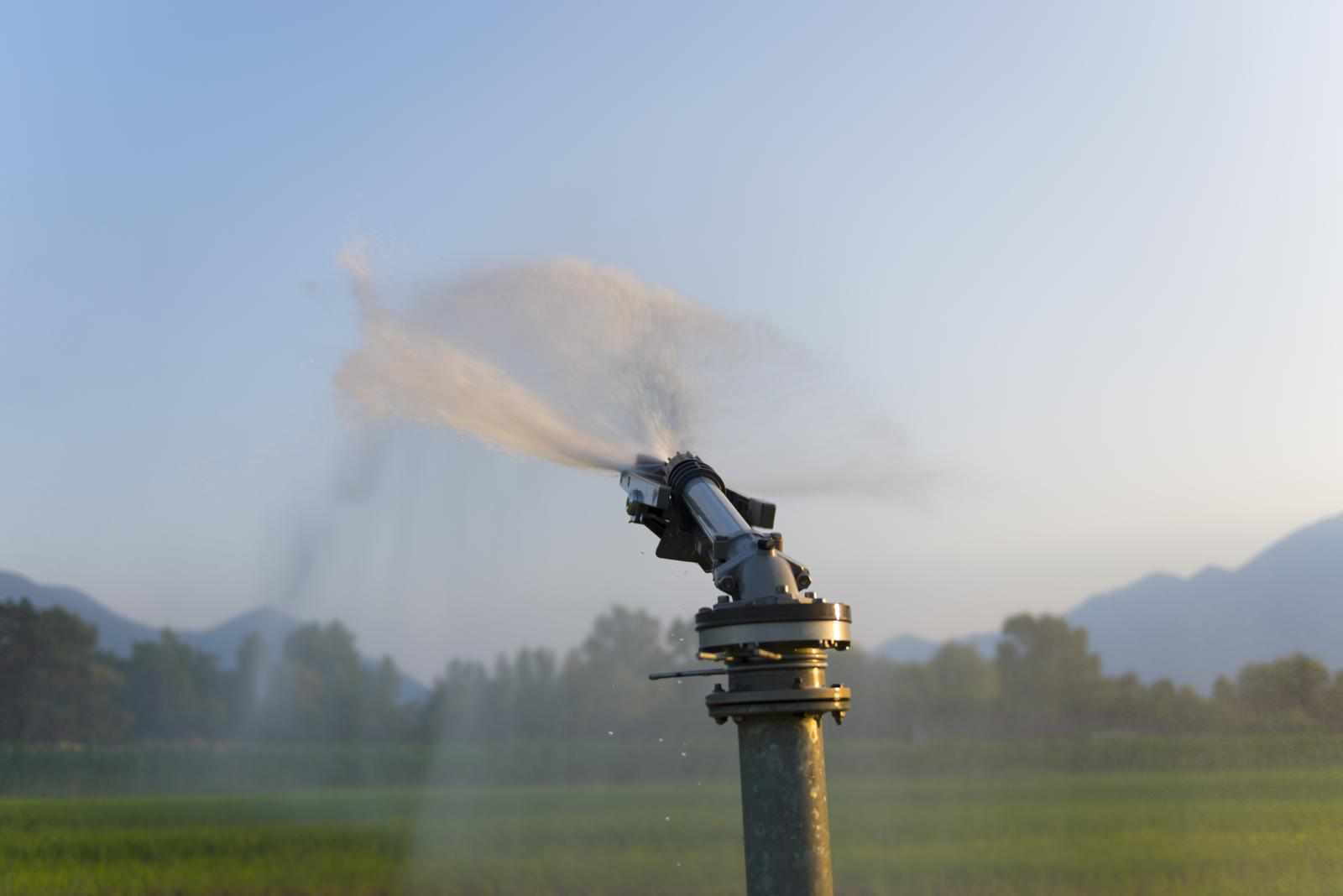
When selecting an irrigation system for your garden, farm, or landscape, there are several crucial factors to consider to ensure the irrigation design is efficient, sustainable, and cost-effective. Here’s a breakdown of the most important points:
1. Water Source and Availability
The availability of a reliable water source is the cornerstone of any setup. Whether you're drawing water from a well, a river, a municipal supply, or a rainwater harvesting system, you need to ensure that your water source is sufficient for your needs. Additionally, it’s important to evaluate the water pressure and flow rate, as these will affect the performance. For instance, drip irrigation systems require lower water pressure compared to sprinkler systems.
2. Soil Type and Terrain
The type of soil and the terrain of the area you’re irrigating can influence the choice of system. Sandy soils drain quickly and may require more frequent irrigation, while clay soils retain water and may need less frequent watering. Sloped terrains may benefit from sprinkler or drip systems that allow for more uniform water distribution. Understanding your soil’s water retention properties and how the landscape’s features affect water flow is key to selecting the right solution.
3. Climate and Weather Conditions
Local climate plays a major role in the irrigation system you choose. In areas with hot and dry climates, water management becomes a priority. In regions with frequent rainfall, an automated system that can be adjusted based on weather conditions—such as a system with moisture sensors or smart controllers—may be more appropriate. Understanding how much water your plants need during different seasons helps optimize efficiency.
4. System Efficiency and Water Conservation
In today’s world, water conservation is critical. Efficient irrigation systems not only reduce water wastage but also lower costs over time. Drip irrigation is one of the most water-efficient options, delivering water directly to the plant roots where it’s needed most, reducing evaporation and runoff. Similarly, smart controllers and sensors can adjust watering schedules based on real-time conditions, ensuring water is only applied when necessary.
5. Maintenance and Durability
An irrigation technique should be easy to maintain and built to last. Systems with fewer moving parts often require less maintenance compared to more complex sprinkler systems. Additionally, considering the durability of materials used in the system—such as UV-resistant pipes or rust-resistant fittings—can extend the system’s lifespan and reduce the need for repairs.
6. Cost and Budget Considerations
Finally, the cost is a major factor when choosing an irrigation system. The initial installation costs, ongoing maintenance expenses, and long-term water savings should all be factored into the decision-making process. While high-efficiency systems may have higher upfront costs, the savings on water bills and reduced maintenance needs can make them a cost-effective choice in the long run.
Choosing the right irrigation system requires careful consideration of these factors to ensure optimal plant health, water efficiency, and cost-effectiveness.


Write a comment ...